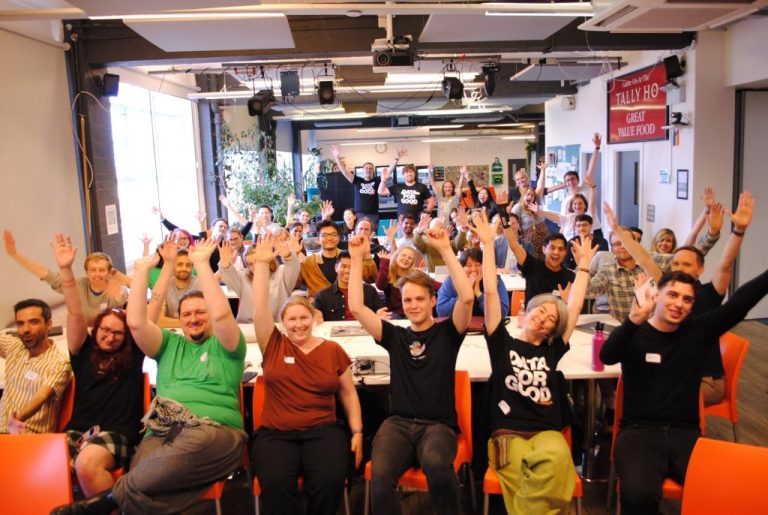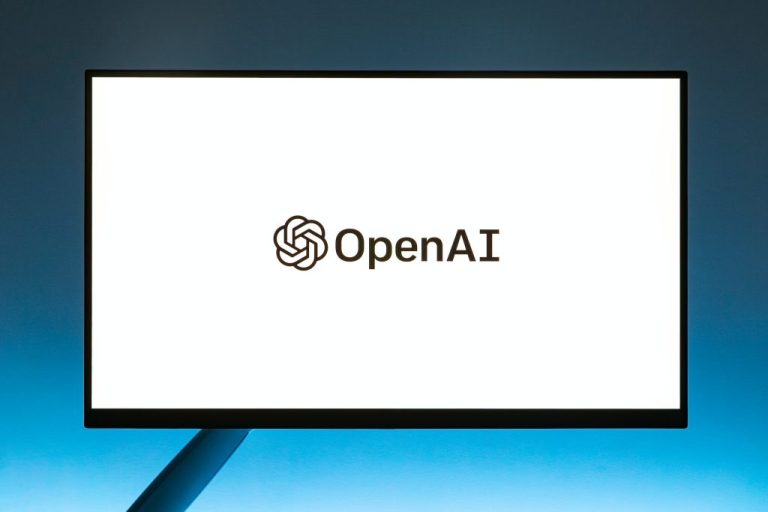From Human Oversight to AI Precision: The Journey of Harmful Content Detection
Artificial Intelligence and the Evolution of Harmful Content Detection
The ongoing challenge of maintaining safe and inclusive online environments is becoming increasingly complex. As digital platforms multiply and user-generated content grows at a rapid pace, a robust solution for identifying harmful content has become essential. The traditional reliance on human moderators is transitioning towards agile, AI-driven tools that are transforming how communities and organizations manage toxic behavior in both text and images.
From Human Moderation to AI-Powered Solutions
In the initial stages of content moderation, human teams were responsible for sifting through large amounts of user-submitted content, identifying issues like hate speech, misinformation, explicit material, and altered images. While human insight offered valuable context, the sheer volume of submissions quickly overwhelmed moderation efforts, leading to moderator burnout and delayed responses. This created opportunities for harmful content to persist unchecked.
The Emergence of Automated Detection Tools
To address the challenges of scale and uniformity, early automated detection systems—including keyword filters and simple algorithms—were introduced. While these technologies provided some relief by scanning for specific banned terms or phrases, they brought their own complications. Automated systems often misidentified benign messages as harmful and struggled to keep pace with evolving slang, leading to a need for more nuanced solutions.
AI: A New Era in Content Moderation
Artificial intelligence has revolutionized harmful content detection by utilizing deep learning, machine learning, and neural networks. Current AI systems can analyze extensive streams of data with a level of nuance previously unattainable, going beyond simple keyword detection to understanding intent and tone, thus identifying patterns of abuse.
Detecting Harmful Textual Content
One of the main concerns in online interactions is harmful language used in social networks, forums, and chat services. Tools like the AI-powered hate speech detector exemplify how accessible content moderation has become. This platform allows anyone to assess a block of text for hate speech or harassment instantly, without needing technical skills or subscriptions. By focusing on semantic meaning and context, this tool significantly reduces false positives, thus capturing more complex or coded abusive language.
Ensuring Visual Authenticity with AI
Text isn’t the only area demanding scrutiny; images shared across various platforms carry distinct risks, especially when manipulated to mislead viewers or incite conflict. AI solutions have emerged to address these challenges with image anomaly detection, scanning for inconsistencies such as noise patterns or distorted perspectives. These tools are not only accurate but also highly accessible, providing resources that have no technical barriers and can be utilized by journalists, educators, and casual users alike.
Advantages of Modern AI Detection Tools
Contemporary AI detection systems offer numerous benefits. They can process millions of messages and media items in seconds, vastly outperforming human moderation. By analyzing intent and underlying meaning, they significantly decrease the chances of wrongful flags and keep pace with changing online trends. Additionally, users can rely on these tools for data privacy assurances, as many promise that neither textual nor visual content is stored, allowing for confidential checks. Furthermore, user-friendliness makes it easy for anyone to utilize these services just by visiting a website.
The Future of Harmful Content Detection
The path forward for digital security likely lies in a synergistic relationship between sophisticated automation and skilled human oversight. As AI models continue to evolve, they can work alongside human moderators to improve the safety and integrity of online spaces.
As we gain insights from more nuanced scenarios, the capacity to mitigate emerging forms of harm will significantly improve. However, human oversight remains critical, particularly in sensitive situations that require empathy, ethical considerations, and a grasp of social dynamics. With various open, free solutions enhanced by privacy-first approaches, a broad range of users—from educators to business leaders—now have the resources needed to safeguard digital interactions comprehensively. This includes protecting group chats, user forums, comment threads, and email communications.
Conclusion
The detection of harmful content has undergone remarkable transformation, shifting from lengthy and error-prone manual reviews to fast, advanced, and privacy-conscious AI solutions. Today’s technological advancements manage to strike a harmonious balance between extensive coverage, real-time response, and accessibility. This demonstrates that creating safer and more positive digital environments is attainable for everyone, irrespective of their technical expertise or financial capacity.
The Impact of Machine Learning on Cloud-Native Container Security
Innovative Applications of Machine Learning in Business
Addressing Fraud in Music Streaming with AI
Benefits of Collaborating with Outsourced Developers
Tackling Hallucinations: MIT Spinout Teaches AI to Admit When It’s Clueless
In recent developments, a start-up from MIT is pioneering a method where artificial intelligence can recognize its limitations, enhancing its reliability and trustworthiness. This innovation could significantly improve user interactions with AI systems.
Diabetes Management: IBM and Roche Collaborate on AI to Predict Blood Sugar Levels
IBM and Roche have teamed up to harness artificial intelligence in forecasting blood sugar levels for diabetes management. This collaboration aims to empower individuals in managing their condition more effectively.
DeepSeek’s Latest AI Model: A Step Backwards for Free Speech
Recent critiques of DeepSeek’s new AI model emphasize concerns about its implications for free speech. Advocates warn that this technology could infringe on open expression, showcasing the ethical dilemmas present in AI developments.
Democratic People’s Republic of Korea
Republic of Kuwait
Kyrgyzstan
Lao People’s Democratic Republic
Latvia
Lebanon
Lesotho
Liberia
Libya
Liechtenstein
Lithuania
Luxembourg
Macao
Madagascar
Malawi
Malaysia
Maldives
Mali
Malta
Marshall Islands
Martinique
Mauritania
Mauritius
Mayotte
Mexico
Micronesia
Moldova
Monaco
Mongolia
Montenegro
Montserrat
Morocco
Mozambique
Myanmar
Namibia
Nauru
Nepal
Netherlands
New Caledonia
New Zealand
Nicaragua
Niger
Nigeria
Niue
Norfolk Island
North Macedonia
Northern Mariana Islands
Norway
Oman
Pakistan
Palau
Palestine, State of
Panama
Papua New Guinea
Paraguay
Peru
Philippines
Pitcairn
Poland
Portugal
Puerto Rico
Qatar
Romania
Russian Federation
Rwanda
Réunion
Saint Barthélemy
Saint Helena, Ascension and Tristan da Cunha
Saint Kitts and Nevis
Saint Lucia
Saint Martin
Saint Pierre and Miquelon
Saint Vincent and the Grenadines
Samoa
San Marino
Sao Tome and Principe
Saudi Arabia
Senegal
Serbia
Seychelles
Sierra Leone
Singapore
Sint Maarten
Slovakia
Slovenia
Solomon Islands
Somalia
South Africa
South Georgia and the South Sandwich Islands
South Sudan
Spain
Sri Lanka
Sudan
Suriname
Svalbard and Jan Mayen
Sweden
Switzerland
Syria Arab Republic
Taiwan
Tajikistan
Tanzania, the United Republic of
Thailand
Timor-Leste
Togo
Tokelau
Tonga
Trinidad and Tobago
Tunisia
Turkmenistan
Turks and Caicos Islands
Tuvalu
Türkiye
US Minor Outlying Islands
Uganda
Ukraine
United Arab Emirates
United Kingdom
United States
Uruguay
Uzbekistan
Vanuatu
Venezuela
Viet Nam
Virgin Islands, British
Virgin Islands, U.S.
Wallis and Futuna
Western Sahara
Yemen
Zambia
Zimbabwe
Åland Islands







